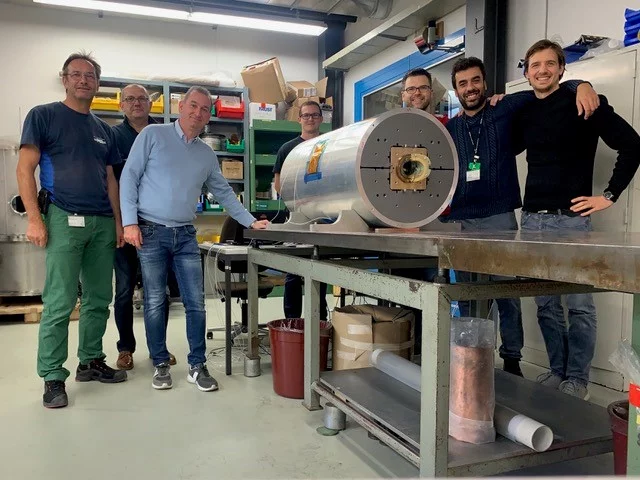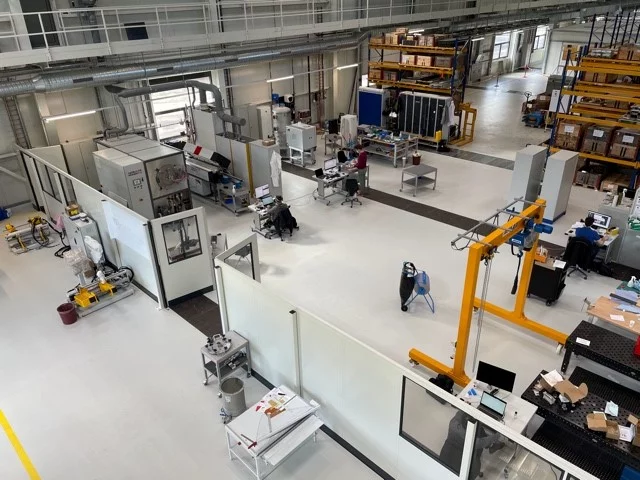The European Strategy for Particle Physics (ESPP) 2020 states that "Europe, together with its international partners, should investigate the technical and financial feasibility of a future hadron collider at CERN with a centre-of-mass energy of at least 100 TeV [...] The technologies under consideration include high-field magnets, high-temperature superconductors [...].
The high-field magnets under consideration are low-temperature superconducting magnets wound from Nb3Sn conductor with what is generally considered an ultimate field reach of 16 T, or high-temperature superconductors that could reach fields in excess of 20 T or operate with 16 T field at higher temperatures.
The MagDev project at PSI studies innovative materials, technologies and design concepts, builds subscale facilities for experimental technology validation, and aims for a convincing technology demonstration within the ongoing ESPP period. Both types of conductor, LTS (Nb3Sn) and HTS (REBCO tape) are studied numerically and experimentally.
While the Future Circular Collider is the main focus of MagDev R&D, superconducting high-field magnets have many applications that create important synergies between FCC R&D and accelerator-based activities at PSI (light sources, proton therapy). To this end, the MagDev Laboratory at PSI provides a state of the art research and construction facility, which is operated in synergy and constant exchange with the PSI magnet section.
The MagDev research crucially collaborates with other projects under the CHART umbrella (Swiss Accelerator Research and Technology), where conductor R&D is carried out at UniGE, and materials and technology R&D at ETHZ. Moreover, we coordinate closely with our colleagues at CERN and contribute to the international High-Field Magnet project. Additional partners are found in the laboratories of US-MDP (Magnet Development Program) and at the University of Twente, as well as in industry (Tokamak Energy Ltd).


